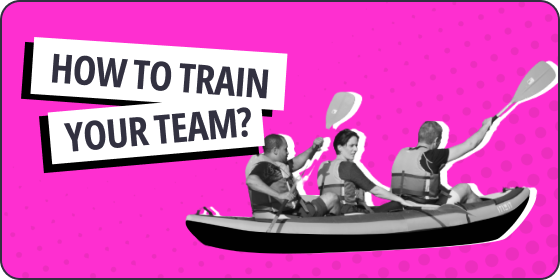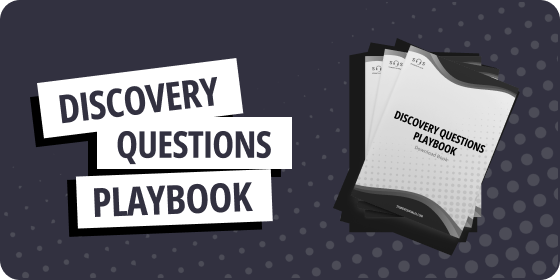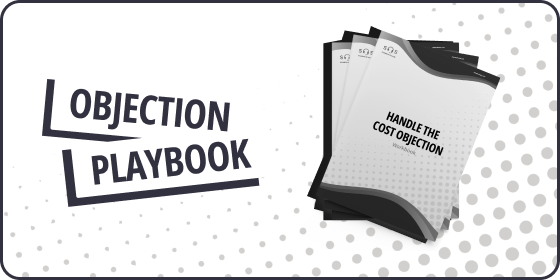How to hire the right people?

When it comes to hiring the right salespeople, it can be a challenging and arduous task. When you get it right, your Team scales quicker and success is inevitable, but when you get it wrong, it costs a lot of time, energy, and money. For a lot of companies luck plays a huge role, but there are a number of things that you can do to improve your chances of hiring the best people. Here are some simple guidelines to follow:
Step 1: Defining the profile of the role
If you’re hiring for a Sales Position, you can save a lot of time and energy if the key sales leaders, hiring managers, interviewers & recruiters are aligned from the start. Who are you trying to hire? What are the ideal characteristics of your candidate? What does their background look like? What experience would you like them to have? What skills are essential for the role? Getting aligned on all these questions is very much step 1. Without doing this, you are winging it and setting yourself up for failure. You’ve heard of the square peg and round hole analogy. If everyone decides you are looking for a square peg, (that looks like ‘X’ candidate) to fit in a square hole, (to do ‘Y’ job), you can start to measure the candidates against this profile. A pro tip would be to look at the top 5 salespeople inside your organization and analyze them. What were their backgrounds/experience/skillsets when joining your business. This again, will help you profile the individuals you are trying to hire. Once you have the profile of the person, you can then create the job description.
Step 2: Create a detailed job description
Create a thorough list of the key responsibilities and activities of the role. It’s important to be as transparent as possible in the job description to avoid any future headaches. Clearly outline the requirements, experience and qualifications needed for the role so that it’s easy for candidates to measure themselves against what’s required. This will give you a better chance of the right candidates applying for the role, as well as giving them a clear and definitive understanding of the duties they are expected to perform. Also, for the love of God, it’s the 21st century, please advertise the salary and OTE, or at the very least provide an accurate range. Soon most employers will be mandated to advertise this by their local governments, but a lot of companies are getting ahead of the curve on this to help them stand out.
Step 3: Look for previous success
Obviously, if the role is an entry level position, and it’s the candidates first role, this is very challenging. However, for everyone else, it can be extremely beneficial to study the candidate’s prior success in previous roles. This is a key identifier on whether or not they are likely to be successful in your organization. How long were they in their previous role? Were they promoted inside their last company? Do they have any key stats or figures around the success they achieved while working there? Asking them where they ranked on the Sales Team and why? Whether the candidate was booking meetings, or generating revenue, you need to establish if they have a history of hitting or exceeding sales targets. Another pro tip here, is to really quiz the candidate on the sales process in their last company. How articulate and granular they get in their answer is also a key indicator that they had a deep understanding of what the business was trying to achieve.

Step 4: Having a structured interview process
– this is where a lot of companies drop the ball. Especially when interviewing a lot of people to fill one role, it’s crucial to have a structured process and questions so that you can benchmark the answers and candidates against one another. We’re not suggesting running every interview the same way, and asking all the exact same questions, but if there are a set of 6-8 key questions which answers carry more weight in determining if they are a good fit for the role, they should be asked and prioritized. This will help with consistency throughout the process, and it will also promote objectivity when looking back at candidates’ answers.
Step 5: Personality & Culture Fit
Identifying the individual has the right background, experience and skillset carries the most weight in choosing the right candidate, but it’s also important to look at the personality type and culture fit when making a final decision. A couple of things to avoid would be to fill a sales team with too many of the same type of personalities or hiring people that you think might clash with other members of your Team. A diverse mix of personalities and backgrounds is always preferable, but it needs to be calculated and strategic. If you filled a Team full of young ‘Type A’ individuals, it would be very difficult for them to function as a Team. In the recruitment process, you can help yourself at this stage by looking for candidates who are proactive, possess strong communication and have demonstrated experience in working as a part of a Team in previous roles.
Step 6: Checking References
It seems that companies have dropped off doing this over the last 5 years. This should be done as a priority. You’d be surprised how many situations pop up about people providing the wrong names/numbers for references. At the very least it is always a good idea to verify the dates of employment, to confirm they were employed by the business.
Ultimately there is no perfect hiring formula, otherwise we would all be using it. The question to ask yourself and your business right now is ‘how many of these steps are you currently using’? If it’s a low number like 1-3 of these steps, you’re probably having some issues with employee retention and churn. It’s all about maximizing both your ability to retain your employees and ensuring you’re giving the best chance at hiring an individual who has strong potential for success.



























